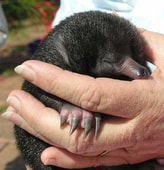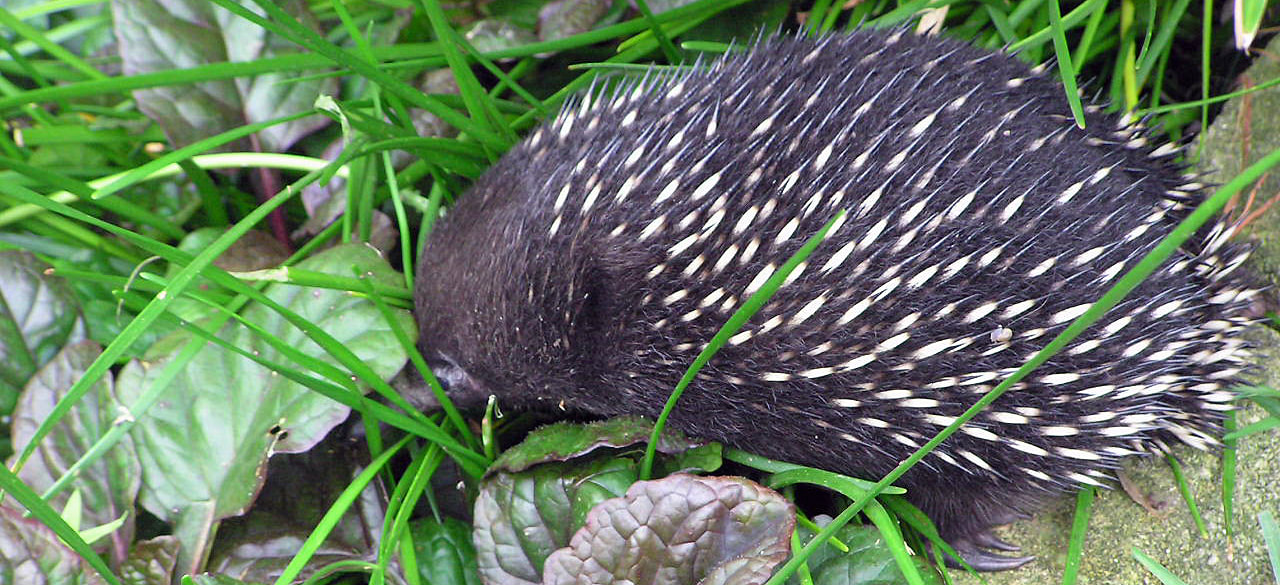Echidnas |
Why do Echidnas come into care? |
Found an Echidna in need?
|
How you can help
|
Want to know more?
Echidnas are fascinating, and not only because they lay eggs and have amazingly spiky protection. For example, they don't have teats, but exude milk from an area of skin that the puggle rubs and licks. Find out more at these great websites:
This page last updated August 2019






